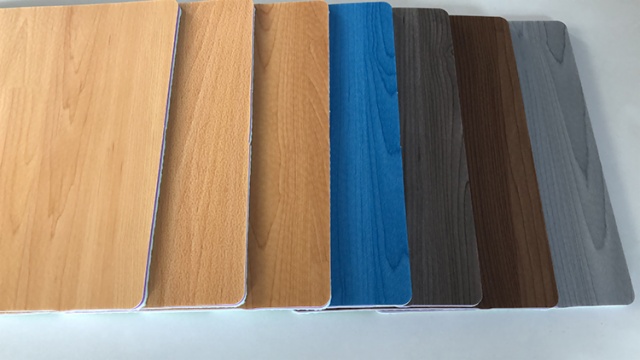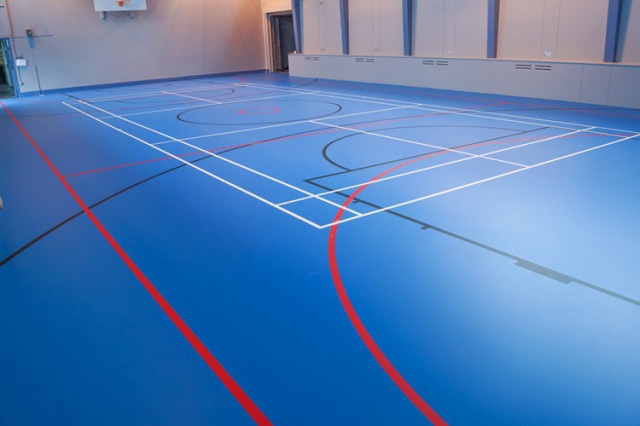
Professional technical characteristics of PVC sports flooring
1. Comfort issues
The surface of the sports treasure PVC sports floor can be moderately deformed when it is impacted, just like a sealed mattress with air inside. When you fall or slip, the cushioning effect provided by the airtight foam backing technology can minimize Sports injuries.
2. The problem of tremor
Tremor refers to the range of floor deformation due to impact. The larger the tremor range, the more likely it is to cause fractures. There are two types of tremor: point tremor and regional tremor.
3. The problem of vibration absorption
The impulse formed by people during exercise will produce vibration on the surface of the PVC sports floor. The structure of the floor must have the function of shock absorption, which means that the floor should have the performance of absorbing impact energy. The reaction of athletes on the PVC sports floor The impact force is much smaller than the movement on hard ground, such as cement ground. That is: when an athlete jumps and falls to the floor, at least 53% of the impact must be absorbed by the floor, so as to protect the athlete's ankle joint, meniscus, spinal cord, and brain, so that people will not be affected during exercise. hurt. Its protection function also considers that a person cannot affect neighboring persons when moving on the PVC sports floor. This is the concept of shock absorption, shock deformation and extension deformation described in the German DIN standard.
4. The problem of friction coefficient
Research shows that 12% of basketball players are injured in the process of turning in situ. The coefficient of friction of a sports floor indicates whether the floor is too frictional (which reduces the flexibility of rotation) or is too slippery (which increases the risk of slipping). Considering the athlete's mobility and safety, the coefficient of friction between 0.4-0.7 should be the best value. The coefficient of friction of the PVC sports floor is generally maintained between this coefficient. The friction coefficient of the professional PVC sports floor is 0.57. It has sufficient and moderate friction to ensure the stability of the movement while maintaining the stability in all directions of movement. Consistency and regularity of friction performance to ensure flexible movement and in-situ rotation without any hindrance.
5. The problem of ball rebound
The rebound test of the ball is to drop a basketball from a height of 6.6 feet onto the sports floor to test the rebound height of the basketball. This data is expressed as a percentage, and the rebound height of the basketball on the concrete floor is used as the comparison standard to reflect the rebound height difference. The rules of indoor ball games require that the ground is used for sports competitions or training, such as basketball and other ball sports such as the jump action and the rebound of the ball, requiring that the rebound comparison coefficient of the ball on the ground of the game field should be greater than or equal to 90% of the professional The PVC sports floor has outstanding and stable ball resilience. There is no elastic dead point on the floor, and its rebound comparison coefficient can reach up to 98%.
6. The problem of sports energy return
This refers to the sports energy returned by the PVC sports floor when athletes exercise to improve sports performance.
7. The problem of rolling load
The load-bearing load, firmness, and service life of professional sports floors must meet the requirements of competition and training. For example, when the movable basketball hoop and related sports facilities move on the floor, the surface and structure of the floor cannot be damaged. This is the German DIN standard The described rolling load standards and concepts.





